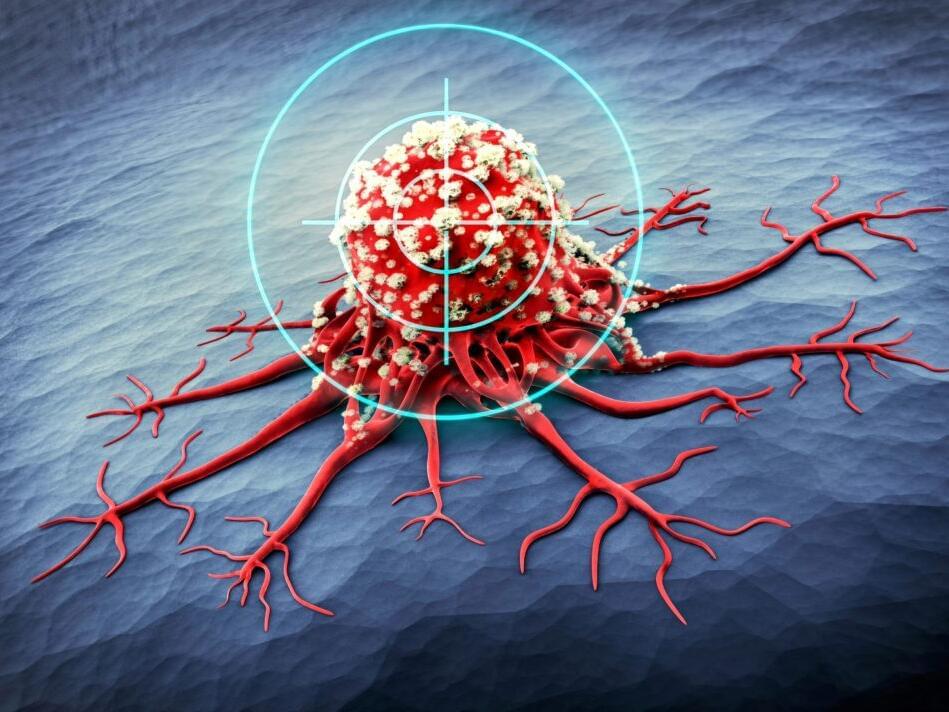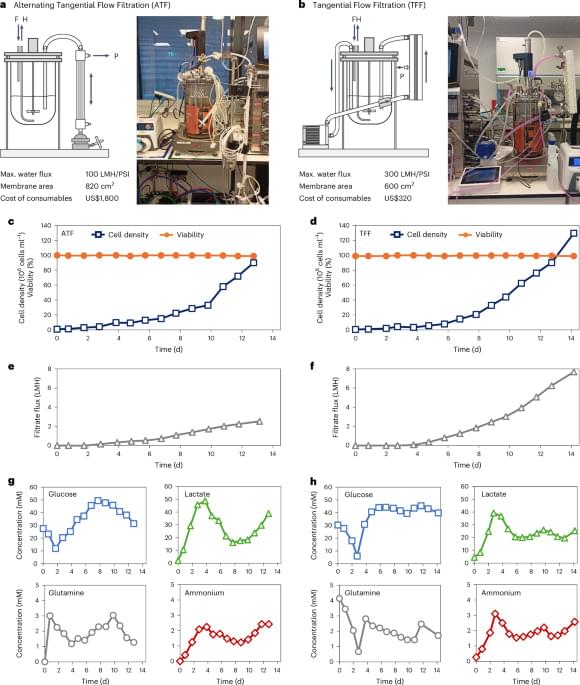face_with_colon_three year 2022.
Astrophysicists hope a map created by the Dark Energy Spectroscopic Instrument will help answer questions about the expansion of the universe.

face_with_colon_three year 2022.
Astrophysicists hope a map created by the Dark Energy Spectroscopic Instrument will help answer questions about the expansion of the universe.

If you love card games, definitely check out Doomlings. Click here and use code ISAAC20 to get 20% off of your copy of Doomlings! https://bit.ly/IsaacDoomlings.
Could something in the future alter the past, so that effect came before cause? Does quantum mechanics truly allow this, as often hinted?
Join this channel to get access to perks:
/ @isaacarthursfia.
Visit our Website: http://www.isaacarthur.net.
Join Nebula: https://go.nebula.tv/isaacarthur.
Support us on Patreon: / isaacarthur.
Support us on Subscribestar: https://www.subscribestar.com/isaac-a…
Facebook Group: / 1583992725237264
Reddit: / isaacarthur.
Twitter: / isaac_a_arthur on Twitter and RT our future content.
SFIA Discord Server: / discord.
Credits:
Retrocausality: Cause After Effect.
Episode 461a; August 25, 2024
Produced, Written \& Narrated by: Isaac Arthur.
Select imagery/video supplied by Getty Images.
Music Courtesy of Epidemic Sound http://epidemicsound.com/creator

The graviton – a hypothetical particle that carries the force of gravity – has eluded detection for over a century. But now physicists have designed an experimental setup that could in theory detect these tiny quantum objects.
In the same way individual particles called photons are force carriers for the electromagnetic field, gravitational fields could theoretically have its own force-carrying particles called gravitons.
The problem is, they interact so weakly that they’ve never been detected, and some physicists believe they never will.

Cancer treatment has reached a new milestone with the development of an innovative method to destroy cancer cells using molecular jackhammers, offering hope for more targeted and efficient therapies.
This cutting-edge approach utilizes advanced molecular science to disrupt cancer cells in a way that could minimize harm to healthy tissue.
A collaborative team of scientists has found that stimulating aminocyanine molecules with near-infrared light causes them to vibrate in sync, producing enough force to effectively rupture the membranes of cancer cells without invasive procedures.

In the ongoing battle against cancer, a new AI approach is being explored that holds the potential to revolutionize the future of personalized cancer treatments.
The technology, which is an amalgamation of artificial intelligence, molecular dynamics simulations, and network analysis, aims to predict the binding sites on cancer-related proteins. This will pave the way for a faster development of treatments tailored for individual cancer patients.
The study was led by Dr. Rafael Bernardi, an associate professor of biophysics in the Department of Physics at Auburn University. As part of a collaborative effort with the University of Basel and ETH Zurich, the team is breaking barriers on how we understand and fight cancer.



So what if we wont have anymore healthy societies and economies to enable us on the jump for interplanetary transports?
He explained, “These will be uncrewed to test the reliability of landing intact on Mars. If those landings go well, then the first crewed flights to Mars will be in 4 years,” adding, “Flight rate will grow exponentially from there, with the goal of building a self-sustaining city in about 20 years. Being multiplanetary will vastly increase the probable lifespan of consciousness, as we will no longer have all our eggs, literally and metabolically, on one planet.”
The first Starships to Mars will launch in 2 years when the next Earth-Mars transfer window opens.
These will be uncrewed to test the reliability of landing intact on Mars. If those landings go well, then the first crewed flights to Mars will be in 4 years.

But what if you’re a manufacturer without the budget, bandwidth or time to invest in advanced digital transformation right now? You can still take practical steps to move forward. Start with fundamental data collection and analytic tools to lay the groundwork. Leveraging visibility solutions like barcode scanning, wearables or other basic Internet of Things (IoT) devices can help monitor machines and provide insights and improvements.
Quality is the final piece of the equation. Once you’re further down the path to transformation, implement visibility solutions and augment and upskill workers with technology to optimize quality. To drive quality even further, add advanced automation solutions. You don’t have to boil the ocean on your digital transformation journey—take it one step at a time from wherever you’re starting.
Most manufacturers (87%) in Zebra’s study agree it’s a challenge to pilot new technologies or move beyond the pilot phase, yet they plan to advance digital maturity by 2029. With the right technology tools and solutions in place to advance visibility, augment workers and optimize quality, they will get there.